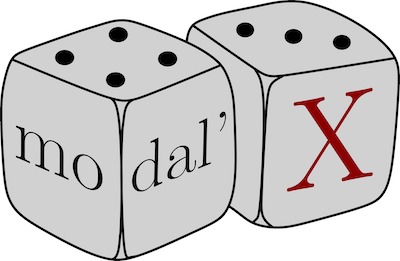Version française / Séminaires
- Libellé inconnu,
Séminaire MODAL'X : Olivier Bouaziz (MAP5, Université de Paris)
Publié le 5 février 2021
–
Mis à jour le 2 mai 2021

Penalized estimation methods for time to event data based on the adaptive-ridge procedure
Abstract: In this talk I present a L0 penalization method called the adaptive-ridge (first introduced by Frommlet and Nuel, 2016), in a survival analysis context. This method is shown to be of interest for the estimation of the piecewise constant hazard model. Starting from a large grid, the number and locations of the cuts of the hazard function can be determined using this L0 penalization method by forcing two similar adjacent hazard values to be equal. Two extensions of this method to survival data are presented. Firstly, in the age-cohort-period setting, the hazard function is considered as a bi-dimensional function. Since the number of parameters can be quite large compared to the sample size, the L0 penalization method is used to avoid overfitting issues. The method is illustrated on the SEER data for survival after breast cancer. The adaptive ridge technique is implemented to produce a parsimonious representation of the risk of death after breast cancer as a bi-dimensional function of the date of diagnostic and the time elapsed since cancer onset. Secondly, when dealing with interval censored data, a Cox model with piecewise constant hazard baseline is also introduced. The adaptive ridge procedure is used for the baseline function, resulting in a flexible regression model. The method is illustrated on a dental dataset.
Mis à jour le 02 mai 2021











